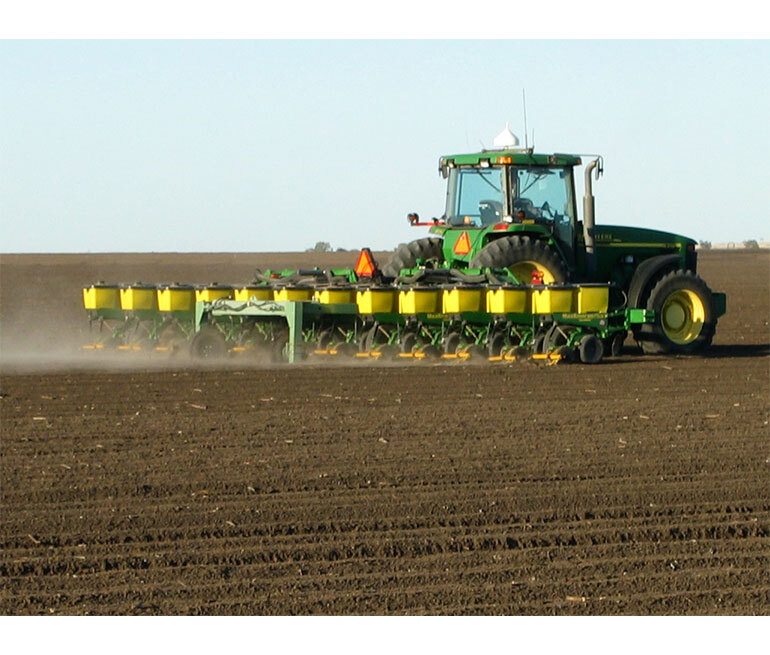Driving while tired a huge risk on cotton farms

During planting, when growers and farm workers put in extremely long hours, it is important to think about farm safety, particularly driving tired.
Dr Siobhan Banks, senior researcher with joint roles at the Centre for Sleep Research at the University of South Australia says, “after 17 hours of wakefulness, the decline in cognitive performance is comparable to alcohol intoxication of 0.05% blood alcohol content. Your reflexes and co-ordination are significantly impaired and it’s not the sort of state you want to be in, driving a machines worth hundreds of thousands of dollars.”
AgHealth Australia data shows that 57% of fatalities on cotton farms over the past four years involved farm vehicles and tractors, and 51% of injuries were caused by vehicle incidents or being hit by a moving object (including machinery). The research suggests that driving while tired could be one of the highest risk activities on your farm.
AgHealth Australia says all farms should have a fatigue management plan and recommends following these six steps:
- Discuss fatigue management during the safety induction.
- Structure work rosters to reduce potential for fatigue-related issues.
- Check to ensure workers have had enough sleep. You can use a fatigue self-assessment. Have specific actions about what will happen if a worker has not had enough sleep.
- Workers watch for signs of fatigue in themselves and others. Have clear steps for control measures to be put in place.
- Take steps to limit risks including working in pairs, changing tasks, moving safety-critical and monotonous tasks to daytime, increasing breaks, napping, increasing frequency of checking on workers’ fatigue levels.
- Use your experiences to provide feedback on fatigue and to keep improving your fatigue system and controls.
For more information, resources and templates, visit www.mybmp.com.au
Words by Rick Kowitz, myBMP Manager Cotton Australia
